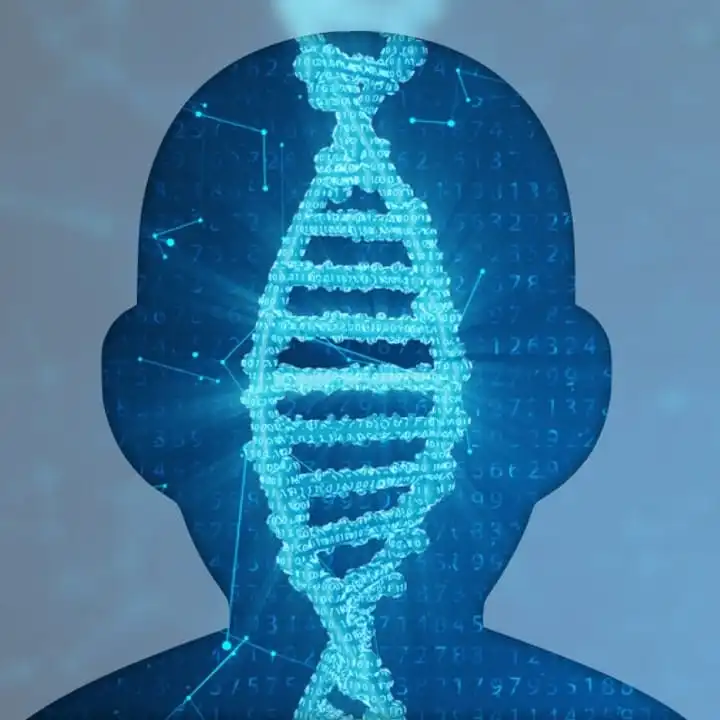What is Nablus Mask-Like Facial Syndrome?
Nablus mask-like Facial Syndrome is a rare genetic syndrome, also known as a microdeletion syndrome. A mask-like facial appearance is a defining feature of the syndrome. The syndrome also presents with other unique facial features.
This syndrome is also known as:
Chromosome 8q22.1 Deletion Syndrome; NMLFS
What gene changes cause Nablus Mask-Like Facial syndrome?
The syndrome is caused by a deletion on chromosome 8, specifically 8q22.1
What are the main symptoms of Nablus Mask-Like Facial syndrome?
The main symptoms of the syndrome include the presence of a mask-like facial appearance. Other unique facial features include narrow eye openings, tight and glistening facial skin, a flat and broad nose, ears that are malformed, and an unusual scalp hair pattern.
Other unique physical features of the syndrome include fingers and toes that are permanently bent, and joint contractures that make movement in the hands and feet difficult.
Other symptoms include dental anomalies, mild development delay, and in males undescended testes.
Possible clinical traits/features:
Prominent glabella, Sandal gap, Frontal bossing, Happy demeanor, Telecanthus, Sparse and thin eyebrow, Camptodactyly of finger, Clinodactyly, Camptodactyly, Sacrococcygeal pilonidal abnormality, Abnormal hair quantity, Sporadic, Microcephaly, Thin upper lip vermilion, Smooth philtrum, Depressed nasal ridge, External ear malformation, Finger syndactyly, Limitation of joint mobility, Craniosynostosis, Cryptorchidism, Postnatal microcephaly, Cognitive impairment, Global developmental delay, Hypoplastic nipples, Hypoplasia of the maxilla, High palate, Highly arched eyebrow, Depressed nasal bridge, Frontal upsweep of hair, Hypertelorism, Abnormality of the nares, Abnormal nipple morphology, Abnormality of the dentition, Aplasia/Hypoplasia of the eyebrow, Blepharophimosis, Behavioral abnormality, Abnormal eyelash morphology, Abnormality of the antihelix, Cleft palate, Broad neck, Wide nasal bridge, Micropenis, Mask-like facies, Labial hypoplasia, Lack of skin elasticity, Joint contracture of the hand, Narrow forehead.
How is it diagnosed?
To find out if someone has a diagnosis of Nablus Mask-like Facial syndrome, it is important to have a consultation and evaluation with a clinical genetic specialist. Specialists may also suggest specific genetic testing or other types of tests to help reach a diagnosis. FDNA’s AI technology can help speed up the diagnostic process by analyzing facial features and other health information.
